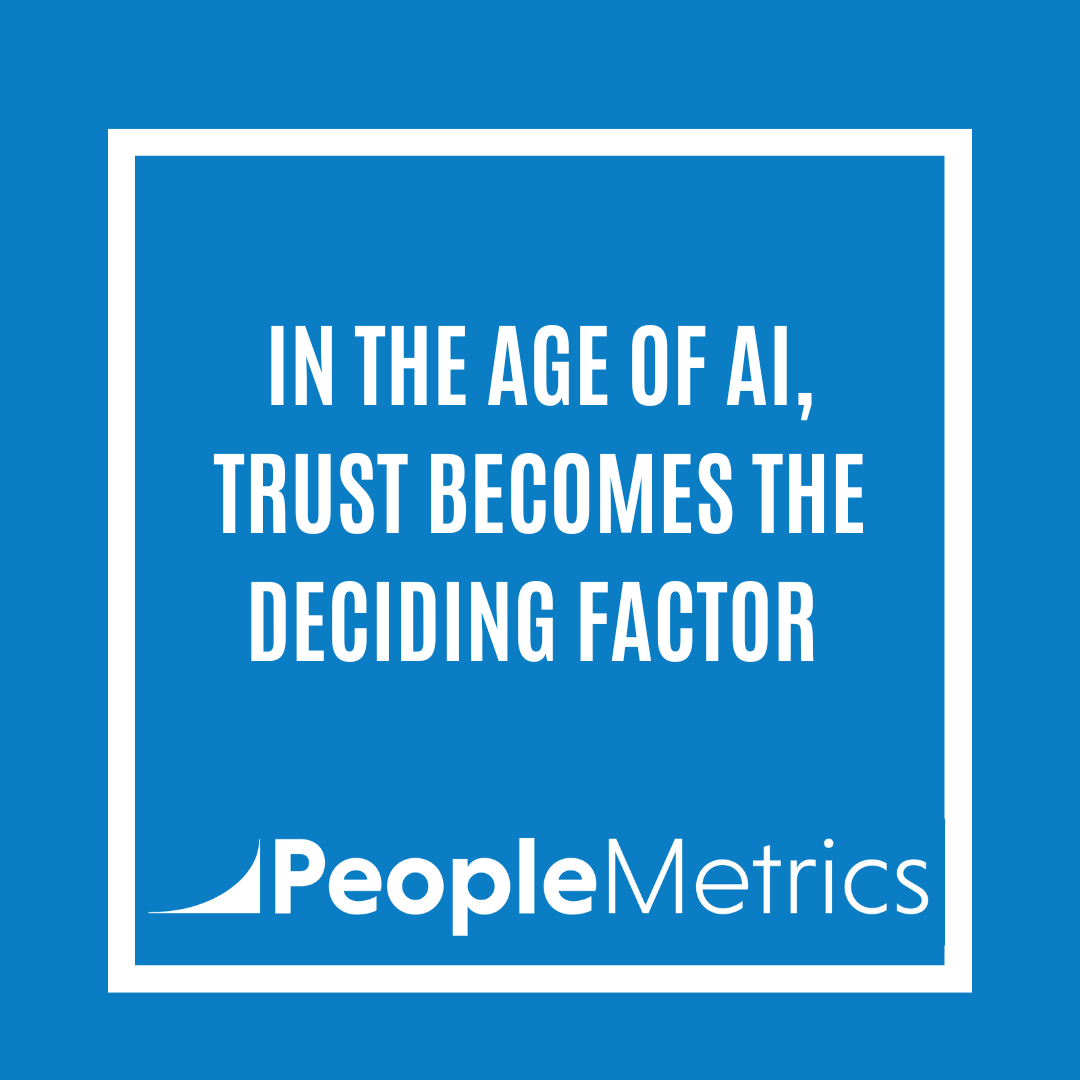Customer service training guidebooks traditionally focus on molding the worker, not the manager. Similarly, many firms deliver customer engagement training only to new entry-level employees. Sales managers, it is often assumed, already have customer service skills, since they must have acquired them in order to be promoted. And yet managers impact customer engagement in unique ways. By understanding managers’ roles, executives can better train and equip them for delivering unparalleled service.
One immediately apparent managerial role is addressing unhappy customers. Someone has to respond when a customer asks to speak with a higher up. Accordingly, firms may train managers in soothing frustrated customers. Specific concessions or treats may be extended to keep a customer who is considering abandoning the brand. However, if managers are only trained to address the situation and not the overall issue than customer attrition is inevitable.
Today, the most effective managers do more than simply carry out executives’ customer service orders. This represents a shift in business operations. To use a military metaphor, previously, managers were often seen as enlisted men, not officers. It wasn’t a part of their job description to strategize; they were simply expected to carry out the plans that superior officers had designed, even if they knew from personal experience that the plans wouldn’t work. Today, many firms share the burden of strategy by educating their entire work force in customer engagement. In this new paradigm, managers do more than just respond to complaints.
A manager's first new role in delivering customer satisfaction is keeping up on the latest customer engagement research. This is because managers inevitably meet with completely unexpected, novel customer service situations. To be able to respond quickly and appropriately, managers must have customer engagement information at their fingertips. Some systems empower managers to research best practices. PeopleMetrics' Customer Engagement Management tool, for instance, includes a library of best practice information, which allows managers to instantly tap into the actions that produce the best results.
Second, managers should be involved in designing new customer engagement procedures. Actually, your whole customer-facing work force should be included. These employees often have unique insight into what customers want.
Once customer engagement stratgies are in place, managers can provide a crucial link to inform upper management about which customer engagement initiatives are working. This is their third new role: tweaking new systems to maximize customer engagement.
~Monica Nolan, Account Manager
Topic: Customer Experience





